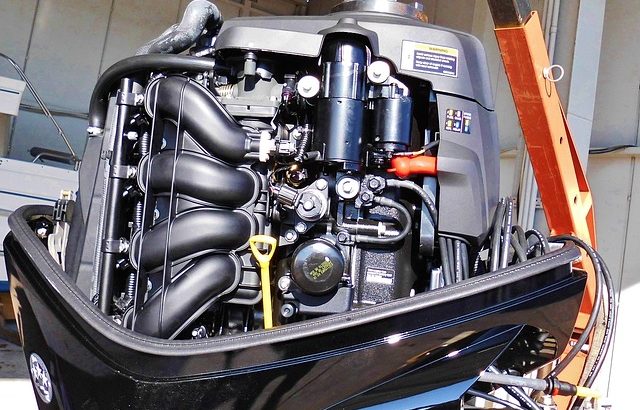What is the anode in a boat engine? When and how to change it?
Anode in Boat Engine: Protection Against Corrosion
The aquatic environment in which boats and their engines operate poses technical challenges for metal components. One key element ensuring the integrity and longevity of a boat engine is the anode.
What is an anode, and how does it work?
An anode is a metal component placed on boats and within boat engines with a single purpose – to shield metal parts from corrosion. Often made of aluminum or zinc, the anode is an electrochemical protective element. When submerged in water, an electrochemical reaction occurs, where the anode gradually dissolves instead of vital metal engine components.
Corrosion Prevention
The primary reason for placing an anode is to prevent corrosion, a process in which metal parts react with water and gradually deteriorate. In the maritime environment, where engines are constantly exposed to saltwater and humidity, corrosion is a significant concern. The anode absorbs corrosion, safeguarding precious components and extending their lifespan.
Types of Anodes
There are various types of anodes used depending on the environment and the boat engine’s material. Aluminum anodes are ideal for saltwater, while zinc anodes are popular in freshwater environments. The proper choice of anode depends on the specific conditions in which the boat frequently navigates.
Periodic Replacement
Even though anodes provide exceptional protection, they are not infinite. Their effectiveness gradually decreases, making it essential to regularly inspect and replace them when necessary. Periodic maintenance of the anode ensures that the boat engine remains effectively shielded against corrosion.
In conclusion, the anode in a boat engine is not just a simple piece of metal but an invaluable protective element that ensures the reliable and long-lasting operation of boat engines. It is a straightforward yet effective safeguard that keeps boat engines in optimal performance and reliability.
Replacing the Anode in a Boat Engine: Basics for Prolonged Lifespan
Every boat owner understands that maintenance is a key factor for a long life and reliability of a boat engine. One crucial step in this maintenance is replacing the anode, which plays an invaluable role in protecting the engine from corrosion. Here are the basics you should know about the process of replacing the anode.
Identifying the Need for Replacement:
The first step is regular visual inspection of the anode’s condition. When the anode begins to show significant wear or if more than half of its mass is already dissolved, it’s time for a replacement. This inspection is often performed during each haul-out or at least once a year.
1. Safety Precautions:
Before starting the anode replacement, ensuring safety measures is crucial. The engine should be turned off, and the boat securely anchored. The use of gloves and protective goggles is recommended, especially if the old anode is heavily corroded.
2. Tools and Materials:
For replacing the anode, you’ll need basic tools like wrenches and a drill, and a new anode suitable for your engine type. Manufacturers often provide precise instructions for replacement in the user manual.
3. Removing the Old Anode:
Using the correct tool, unscrew the old anode. Be careful not to damage any engine components. After removing the old anode, thoroughly inspect the relevant parts for any potential damage.
4. Installing the New Anode:
Before installing the new anode, it’s a good practice to clean the surfaces and optionally apply a new layer of anti-corrosion grease. Then, attach the new anode in place of the old one, following the manufacturer’s guidelines for proper installation.
5. Inspection and Maintenance:
After replacing the anode, monitor its condition over the next few months. Regular checks will help identify any issues and ensure that the engine remains adequately protected.
Replacing the anode is a straightforward process, but it can significantly impact the lifespan and performance of your boat engine. Following these basic steps will ensure that your engine is shielded from corrosion and continues to serve reliably in many voyages to come.
